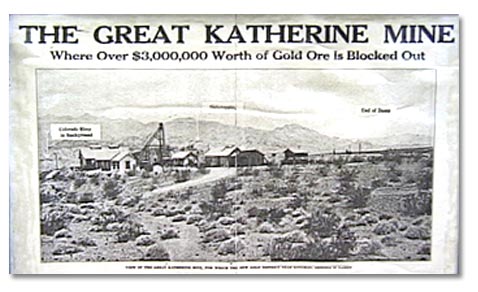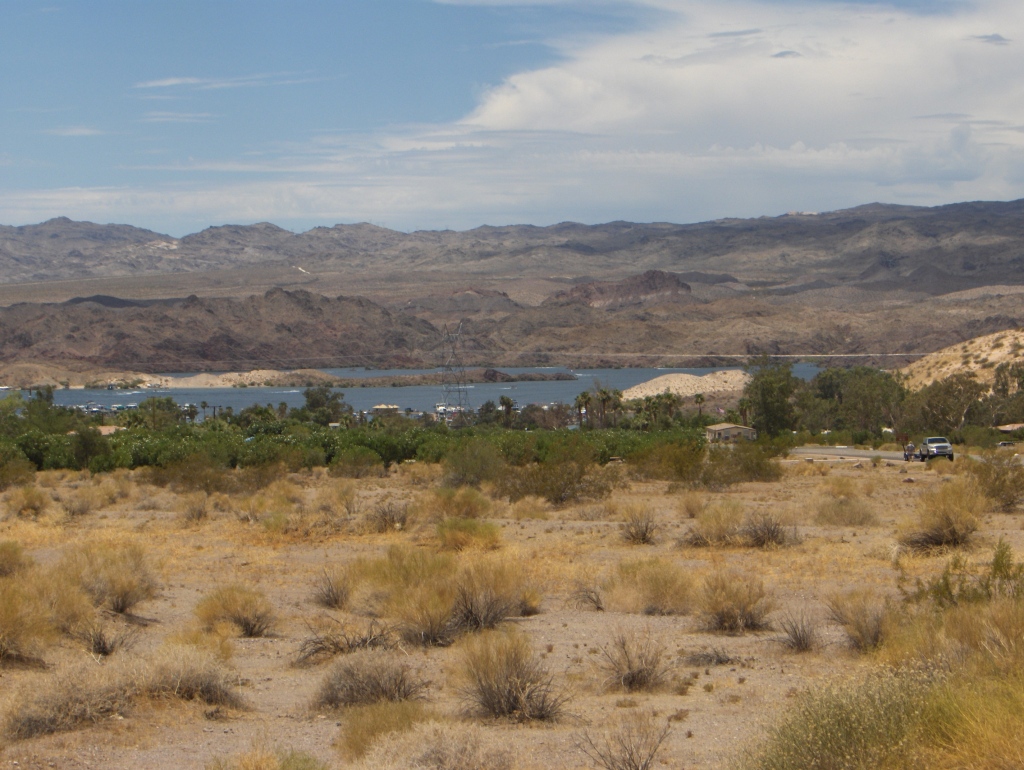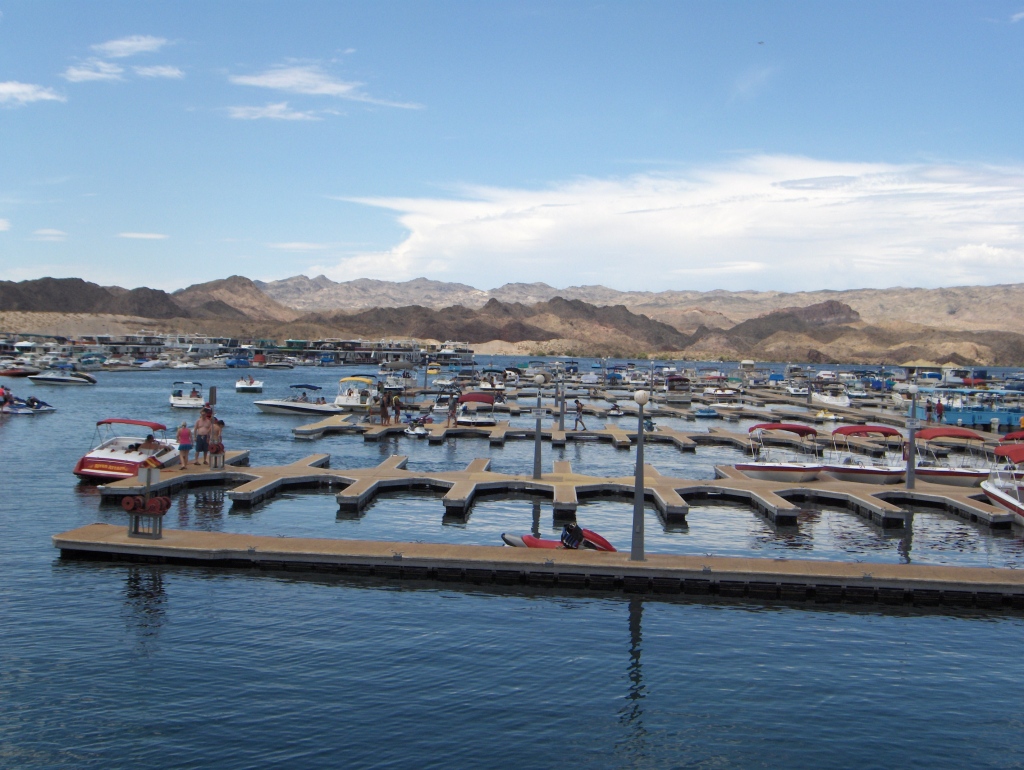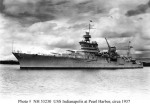It was hot. It was humid. It was 1:00 p.m when 170 cannons, spread over a line 2 miles long, belched fire and smoke, and vomited iron hail upon the enemy. The defenders answered with cannons of their own…and for two hours, the respective cannons roared. The hills behind the defenders were crowned with flame and smoke, which, while obscuring the battlefield, also indicated that the invaders cannons were overshooting their targets, and thus, were mostly ineffective.
After a couple of hours, the field of battle was covered with billowing clouds of smoke and dust…the cannons lapsed into silence…and the invaders prepared to advance. Did they run, charging across the field, yelling and screaming toward their enemy? They did not. They formed up into a line, an orderly line over a mile long…12,000 men stretched out…and marched…marching silently through the meadow, marching almost a mile to the fight. The defenders, who had not seen this behavior during the entire war, stood and gazed in awe and wonder at the sight.
Of course, gazing at the sight and repelling the invaders were two different things. When the invaders got within range, the sound of cannon filled with grapeshot and rifles and pistols filled the air…ripping and tearing great holes through the once orderly lines. The once majestic line of infantry became a mass of dismembered bodies and bloody dying soldiers that quickly shrank from a mile to a half mile…but the invaders continued on. When they got close enough, the invaders stopped, raised and fired their rifles and commenced a bayonet charge, screaming and yelling.
Hand to hand fighting, close range shooting, stabbing with bayonets…for an hour, the two armies engaged in a raging battle, with hundreds on each side falling, leeching gouts of blood into the shredded greenery of the meadow…the once clear waters of a nearby creek turned pink, then light red as the day wore on. Finally, the defenders were the recipients of much needed reinforcements, and the invaders were forced to withdraw…leaving 7,500 behind, dead and dying.
This skirmish was the last of a battle that had lasted three days…the blood of thousands had watered meadows ripped by horses hooves, running soldiers, cannon and rifle. Total casualties from both sides were over 52,000…good soldiers all. As the invaders retreated, they were forced to leave their dead behind on the field…a field littered with the bodies of the men and 3,000 horses. The dead of the invaders were gathered, transferred the hundreds of miles to be buried by the cultures of the invaders. The defenders bodies were gathered up, laid to rest on the field of glory…and a military cemetery was born.
Four months after the battle, two men arrived at the site to officially dedicate the new cemetery. The first arose, walked to the podium, spoke for two hours of the glory and the honor that had taken place there. He returned to his seat and the second man stood. He spoke for two minutes, and this is what he said:
Today, Gettysburg is a National Military Park. The cemetery contains 1328 monuments and markers, with the remains of thousands of Union soldiers buried there. The Park is re-establishing croplands, pastures and fencing as it was in 1863. Historic Orchards are also being re-planted. On July 3, 1938, during the 75th Anniversary celebration of the battle of Gettysburg, President Franklin Roosevelt dedicated the Eternal Light Peace Memorial.










 The big battle cruiser slipped silently through the waves at a speed of 17 knots that warm night. The sky was overcast, the sea was moderate, and visibility was poor, but improving. She had delivered her top secret cargo, was bound for gunnery practice and refresher training. There was no escort…after all, she was in the backwaters of the war…safe waters, controlled by her own country…no need to fear here…
The big battle cruiser slipped silently through the waves at a speed of 17 knots that warm night. The sky was overcast, the sea was moderate, and visibility was poor, but improving. She had delivered her top secret cargo, was bound for gunnery practice and refresher training. There was no escort…after all, she was in the backwaters of the war…safe waters, controlled by her own country…no need to fear here…